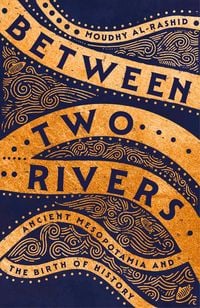At the end of the epic, when Gilgamesh returns to Uruk after gaining so much wisdom on his quest, he asks the ferryman who accompanied him on his journey home to survey four key sites: the city, its date-grove, its clay-pit, and the temple of Ishtar. These four sites represent four activities – the home, agriculture, crafts, and religion – that express the totality of human life and society. They reflect family, food production, industry, and the vita contemplativa, all tucked safely within the city’s walls.39 It is over this that Gilgamesh, like all good kings, must rule, and it is this life
...more
Frank Hermens liked this


